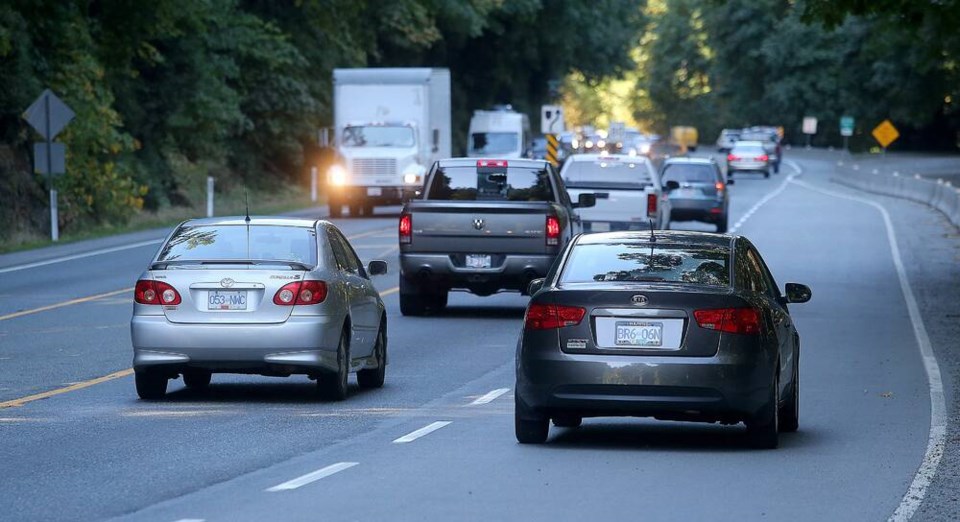A commentary by the founder and executive director of the Victoria Transport Policy Institute (vtpi.org).
Vancouver Island badly needs convenient and affordable public transportation. This provides basic mobility for travellers who cannot, should not, or prefer not to drive, and high-quality transit helps to reduce traffic and parking congestion, crashes and pollution emissions.
Even people who don’t use transit benefit when it reduces their chauffeuring burdens and traffic problems.
A few Island corridors have good transit services.
New bus lanes save 13 to 20 minutes between the West Shore and Victoria, making buses faster than private vehicles on that route.
Between Sooke and Victoria there are 32 daily buses with $2.50 one-way fares.
This frequent and affordable transit service carries 22 per cent of peak-period trips, reducing traffic congestion and emissions on that corridor. Sooke residents benefit from independence, cost savings and reduced stress.
However, north of the Malahat, transit service is terrible. Between Duncan and Victoria there are just four weekday buses and three Saturday buses, with $10 one-way fares. Between Nanaimo and Victoria there are only three weekly buses with $40 one-way fares.
As a result of this poor service and these high prices, transit serves an insignificant portion of travel on this corridor. This is unfair and inefficient. People who don’t drive lack basic mobility, and a lack of efficient travel options increases congestion, crashes and pollution.
Next month the federal government will decide whether to re-establish rail service on the E&N corridor. That would be nice, but I hope that everybody involved understands the high costs and limitations of that service.
Contrary to what some optimists claim, rail service would not be convenient or affordable, and so is unlikely to attract significant ridership. We need more than rail can provide.
The Island Corridor Foundation claims that rebuilding E&N rail infrastructure would only cost $431 million, but construction costs are rising and the service will require operating subsidies, so total costs are likely to be much higher.
That investment would only finance two to four daily passenger trains operating at 30 kilometres an hour. It will take at least 92 minutes to travel between Duncan and Vic West, where most passengers would transfer to another bus to reach their destinations. The current proposal assumes $19 one-way fares, which is more expensive than driving for most trips.
As a result, rail would provide limited benefits. It may attract affluent tourists who have plenty of time and money but few local residents with busy schedules and limited budgets.
The proposed rail service would not be fast or frequent enough to serve most commuters, would not operate late enough to serve evening travellers, and would be expensive.
Even if rail service is re鈥慹stablished we will also need high quality bus service for off-peak, reverse commute, and evening travel. Coach buses with on-board washrooms, bucket seats and free wifi can provide comfortable service with direct connections to multiple destinations: downtown, Uptown and UVic.
Even if federal and provincial governments decide to rebuild the E&N rail line, it will be years before rail service begins operation. Frequent, affordable bus service could be established in months and start building transit ridership on this critical corridor.
Regardless of the federal government’s decision on the E&N rail, we need frequent and affordable bus service between Nanaimo and Victoria. There is no reason to delay.



